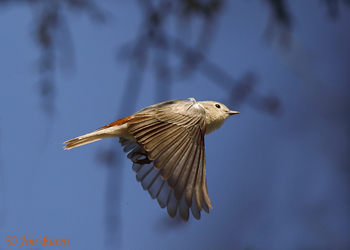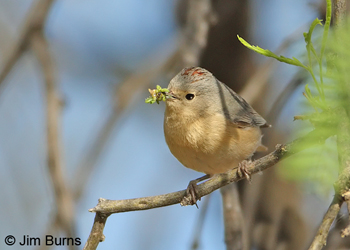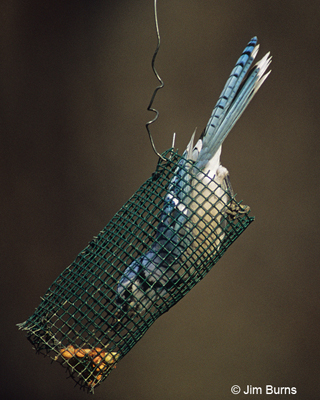|
|
By the time I realized it was “Covid-19,” indeed a very bad actor, it had become a pandemic stalking the globe and, on a very granular level, I had come to know it would have a great impact on me personally and would become the sharpest inflection point of my long and lucky life. The culture wars of the ‘60s, 9/11, the Great Recession, all pale in comparison. Covid-19 adds gravitas to the overused but underappreciated adjective “global.”
Last Saturday I woke up thinking I was fit, healthy with no underlying medical conditions, and since I was practicing social distancing I was doubtful I could even contract the virus. Sunday I watched ravens, corvids by the way, predate a Red-tailed Hawk aerie on a cliff face and make off with two nestlings. Monday I woke up thinking my age put me in the most vulnerable demographic for Covid-19, and I was doubtful I could escape infection and would probably die on a ventilator. Tuesday I realized, ruefully, that less than a week ago I had never before used five words or terms I just wrote in this paragraph.
Wednesday I went birding. I needed that. It had been that kind of week. I went alone, of course, unless you want to count my second best friend, my camera. The previous weekend I had noticed tight clusters of young hikers on park trails almost in defiance of Covid-19, so I headed into open desert seeking solitude and birds. Though I am an admitted raptorphile, I was certainly in no mood for predators and wandered around instead looking and listening for singing and migratory warblers.
I had left home in a Lucy’s Warbler state of mind. Lucy’s are unique among North America’s warblers on two counts. One of our smallest and least colorful warblers, they are the only western member of the family that nests in cavities and the only one seen during spring migration in flocks. One day there are none in their favored riparian mesquite habitat, the next day they seem to be everywhere, and that day usually arrives in late March. Wednesday, as I suspected and hoped, they were everywhere.
On a smashing, spring, desert day there is nothing like being outside looking for newly arrived breeding species in bosques devoid of people but replete with birdsong, splashes of avian color, and large swaths of wildflowers. If there is an upside to Covid-19 for the environment itself, it is that, with no place else to go, many bird and nature newbies are enjoying getting out of the house, away from bingetending their devices, and discovering what’s out there in the natural world.
I wish birders and non-birders alike joyous days afield discovering our globe’s natural wonders. Do so safely and responsibly, find many Lucy’s and other songsters, and perhaps a corvid or two will find you. Be well.
|
|



